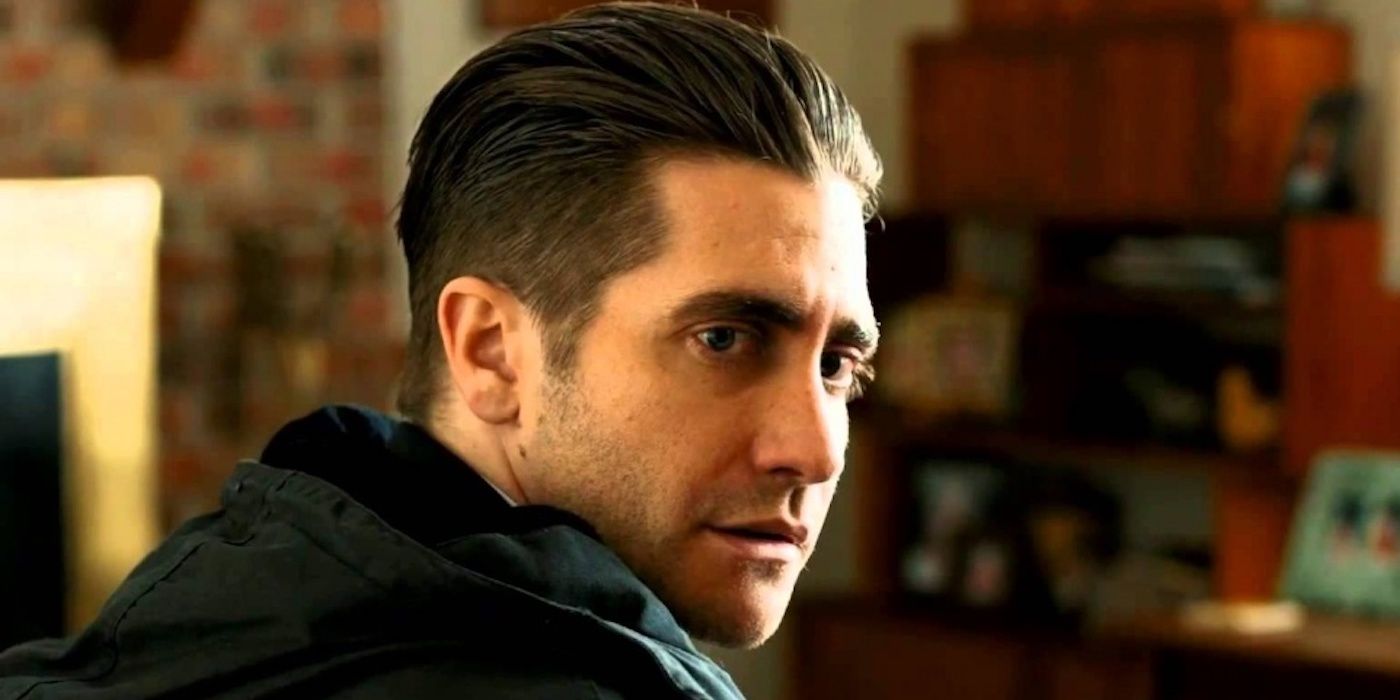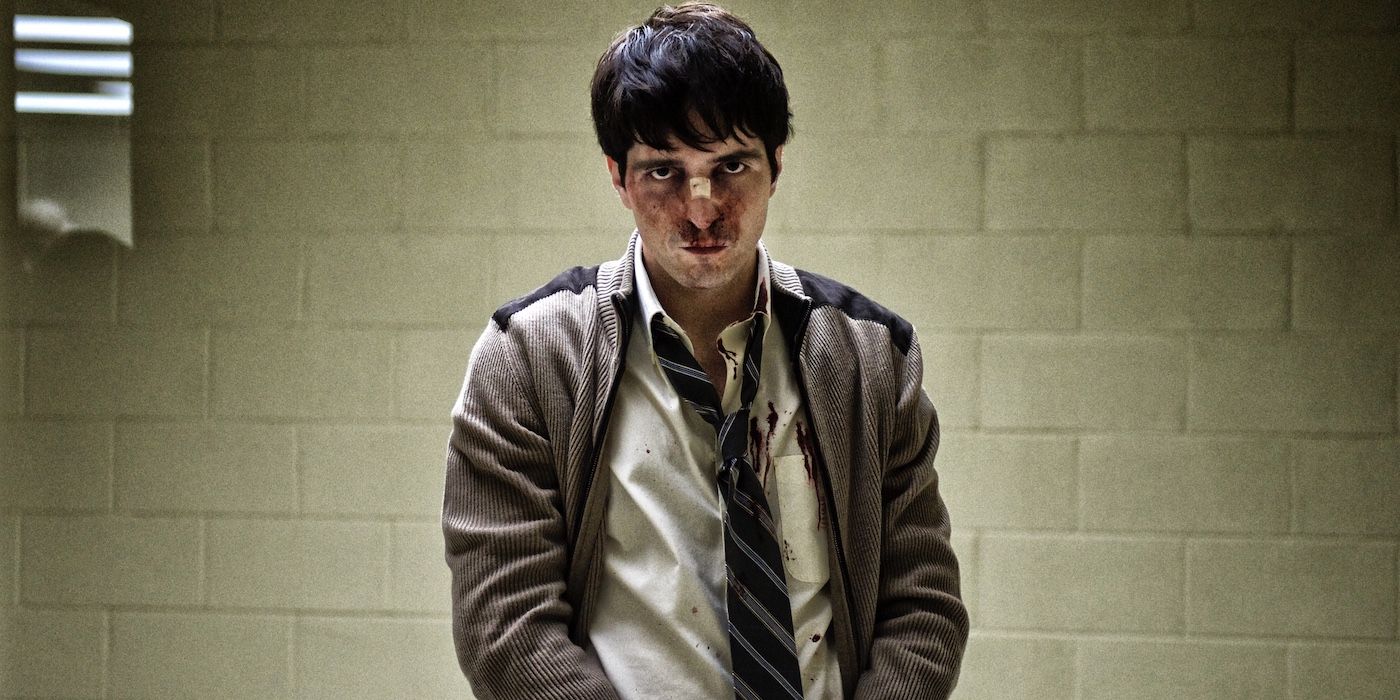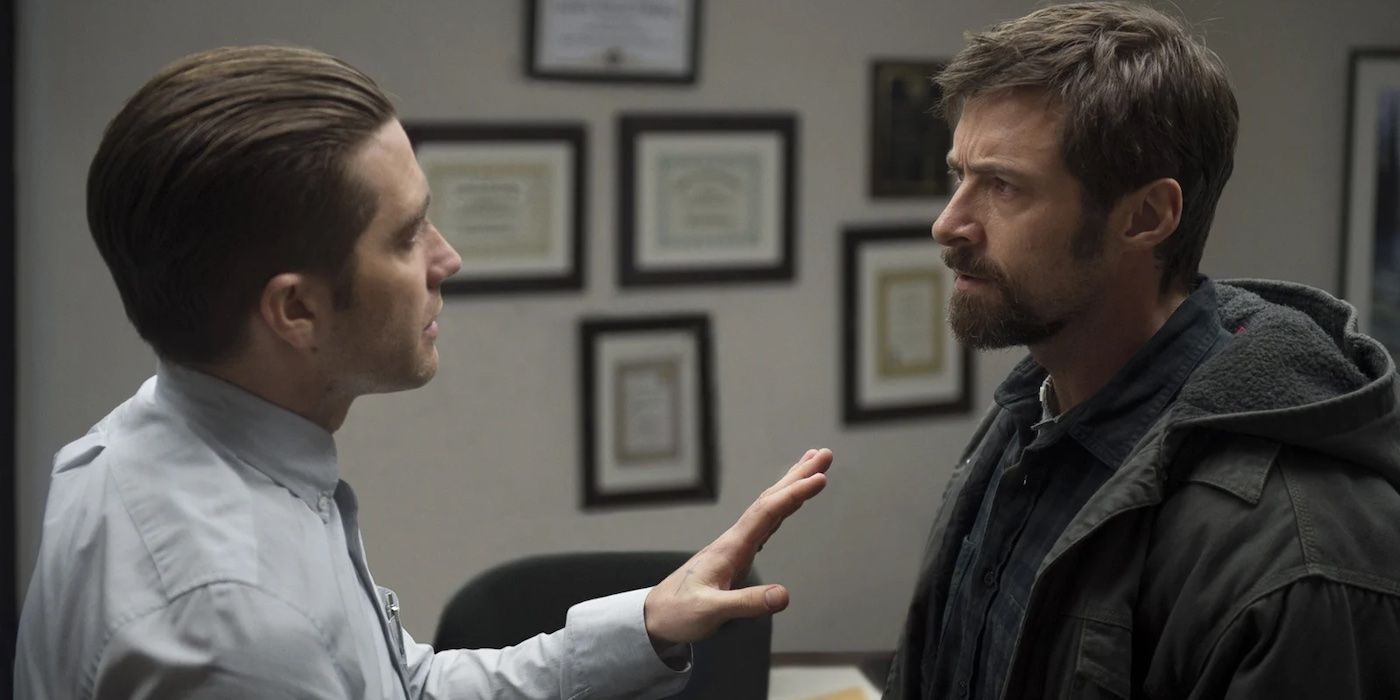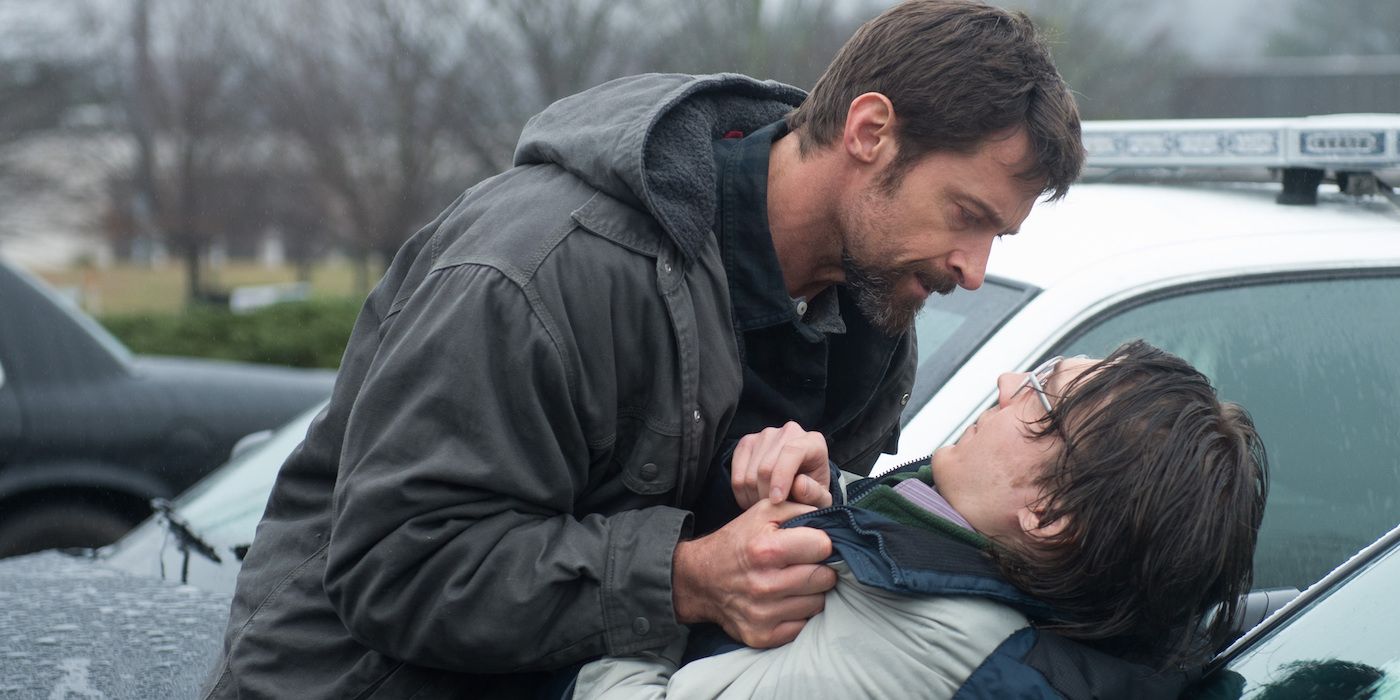Whether it is the dread some have when the holiday season comes around or perhaps the hunger to see powerhouse actors like Jake Gyllenhaal and Hugh Jackman do their thing, Denis Villeneuve's 2013 crime drama, Prisoners, has climbed its way to the top of Netflix's trending movie list. Written by Aaron Guzikowski and shot by the legendary Roger Deakins, the film tells the story of the abduction and subsequent search for two little girls, Anna and Joy, that go missing on Thanksgiving Day. Jake Gyllenhaal plays the lead detective on the case, Loki, whereas Hugh Jackman plays one of the girl's fathers, Keller Dover, who ultimately becomes an abductor himself. As the pressure of the story mounts, there is one image that is at the center of the investigation: a maze. The maze is used in the film as both a literal piece of evidence and a figurative device of story structure and character insight. After all, you don't make a movie called Prisoners without giving the characters something to be imprisoned in.
What Does the Maze Mean to Bob Taylor?
The first time the audience sees a physical maze in the film is during the arrest of Bob Taylor, played by David Dastmalchian, a prime suspect in the investigation after he fled Detective Loki at a candlelight vigil for the missing girls. There are mazes all over Taylor's walls. Later, Taylor is asked to draw a map to the girls' bodies, and he draws a circular maze similar to the ones on his apartment walls. This frustrates Loki as Taylor confessed to abducting the girls, yet the other evidence against him is proven to be doctored to look like it has to do with the current case. When Taylor takes his own life seemingly closing the only lead in the case, it understandably sends Loki into an emotional outburst. Remember, it's a crime drama, so there needs to be at least one desk-clearing scene and Jake Gyllenhaal delivers. But that leaves the mystery of the maze wide open. That is until Loki sees the same maze in a photograph on the necklace of Mr. Jones, a corpse Loki found earlier in the basement of a sex offender priest. The priest tells Loki that Mr. Jones confessed that he had killed sixteen children, an important fact that comes into play later in the film.
In just a couple of minutes or so of dialogue, it's revealed by a forensic examiner that a book called Finding the Invisible Man was found in Bob Taylor's possession and the mazes drawn by Taylor resemble the last maze in the book. The book is said to be about a theory that a string of child abductions were all performed by the same person, who was never caught. This subtle connection shows where Bob Taylor got his obsession of mazes from but also points the audience in the direction that the person in the priest's basement is also somehow connected to this idea of a serial child abductor whether it is in the obsession of the book or that he is the individual the book is about. The forensic examiner points to the idea that it is just about the obsession of the book itself as there is no real physical evidence to corroborate the idea that Bob Taylor was the true abductor of the missing girls.
Who Really Kidnapped the Girls?
That aforementioned necklace would go from weak connection to smoking gun, literally. Towards the end of the film, Loki is inside Holly Jones' (Melissa Leo) house to let her know that her nephew, Alex (Paul Dano), was found locked inside an apartment building owned by Keller Dover. Upon his arrival, he notices a picture of Holly with Mr. Jones sporting the maze necklace, showing the audience that the corpse in the priest's basement is Holly Jones' late husband. It's not until this critical moment, as minutes later, the Dovers' missing daughter is rescued, that Loki understands Holly is responsible for the abductions. The audience knows this before Loki does as Holly confesses to Keller that Alex and Bob Taylor were both past victims of her and her husband. The audience now sees the maze from the top down with Holly Jones and the missing girls at the center.
Loki Goes Deeper Into the Maze After Hitting a Wall
Prisoners is excellent storytelling because it utilizes the maze as its central piece of evidence, linking several crimes across decades, but also to the structure of the characters and the story itself. Prisoners pits the central ethical dilemma through the lens of the two main characters, Loki and Keller. Each character approaches finding the missing girls differently, and it becomes clear how it exemplifies the ways of approaching a maze.
Detective Loki approaches the investigation (maze) by the book. When Loki hits a wall, he turns around and finds another way. For example, when Alex Jones' RV is found to have no physical evidence linking him to the crime, it isn't Loki who is upset he is released - its Keller. Loki understands that even if there is something that Alex Jones is hiding, he isn't going to find it from endless interrogation and breaking the rules. He visits the owner of the home the RV was parked at the beginning of the film - another dead end and yet a small detail about a previous abduction two decades prior is revealed. Finally, Bob Taylor provides no direct answers and no evidence to support the idea the girls were held or murdered by him. At each wail, Loki gets a small fraction of the truth revealed to him.
At each turnaround in the maze, Loki gets more and more emotionally unraveled. Losing Bob Taylor is the equivalent to losing what Loki thought was a map to the truth, a map to the center of the maze. Loki played by the rules of the maze and went deeper into it after he hit a wall. He explores all the pathways to gain a complete understanding. This is what places him in the right spot at the right time to rescue Anna in the end. Loki doesn't know he is as close as he is to the so-called center of the maze until he's in it. Those inside a maze can't see over the walls, they don't know they have solved it until they do, and it is perfectly executed onscreen in these moments.
When Keller Hits a Wall in the Maze, He Goes Through It
Keller Dover, on the other hand, takes a very different approach to finding his daughter. If Loki plays the maze as it is intended to be, Keller does the opposite. Rather than turn around at a wall in the investigation, Keller decides to go through it. By abducting Alex Jones and then subsequently torturing him, Keller is attempting to break through the walls of the maze and shortcut his way to the center and find his daughter. What Keller fails to realize is that there is a real human cost to doing this. Keller spends so much energy on Alex, he leaves his wife to grieve alone, drives a wedge into his relationship with his son, and breaks a year-long sober streak. Not to mention the heavy moral and legal implications of abducting and torturing Alex, becoming the demon that Holly Jones declares is part of the goal of abducting the children in the first place.
The maze for Keller is physically represented by the apartment building he keeps Alex in, which is depicted as narrow and confusing, a physical maze. Keller doesn't trust Loki to deliver on his promise of finding his daughter but also doesn't have the facts or the know-how to tackle the investigation the way it should be. So he devolves into his more base instincts and emotions. Break down the walls one by one, and eventually, you will reach the center. Unlike Loki however, Keller suffers real loss.
What makes the maze work so well for Prisoners is that, in the end, both Loki and Keller end up at the location of the last missing girl. Although Keller may have gotten there first, his methodology for getting to the center lacked those shreds of truth that Loki found along the way. Keller wasn't able to estimate how dangerous Holly Jones ends up being. Not only that but it's revealed that Alex Jones never intended to kidnap the girls anyway, it was Holly's idea to make them stay. Keller is then put into a pit below Holly Jones' property. When Loki rescues Anna, it's him rising above the maze to become the hero and savior. Keller wants to go through the maze and ends up underneath it.




